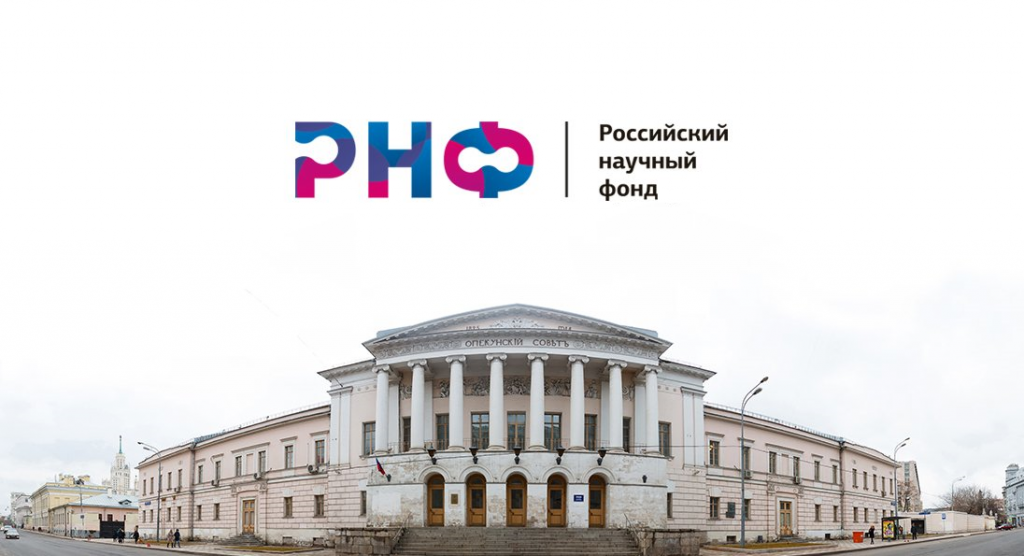Wireless Networks Lab wins two RSF grants

In July 2021, the Russian Science Foundation published the results of the Scientific Grants call for “Conducting research by scientific groups under the guidance of young scientists”. The team of Wireless Networks Lab won grants for two projects, led by Artem Krasilov and Alexander Krotov.
Cross-level networking to the rescue of VR
The first grant was given for the project “Cross-layer networking methods to improve the quality of service for augmented and virtual reality traffic”, which is being led by Alexander Krotov, Ph.D. Currently the requirements for telecommunication networks are growing rapidly. Remote work and education require simultaneous transmission of a large number of video streams. Besides, cloud virtual and augmented reality applications (AR/VR) are being developed, but their availability is currently limited due to the high quality of service (QoS) requirements. Existing wireless communication networks often do not meet these requirements, which makes AR/VR applications unavailable on mobile devices. Making AR/VR applications ubiquitous requires the development of both new wireless technologies and network resource allocation algorithms.
This project aims to develop AR/VR traffic models that allow it to be identified among the data streams of other applications, to predict their QoS requirements, and to represent the requirements in a form suitable for use by the network resource allocation algorithm. Both new radio resource scheduling algorithms and algorithms for dynamic video stream quality adjustment will be developed. This will provide a high quality of service for AR/VR applications not only in future wireless networks using new technologies and channel access methods, but also in the networks using existing technologies. The high availability of virtual and augmented reality applications on mobile devices will significantly expand the scope of their application, including their use for remote control of vehicles and remote work in other areas where the presence of a person is required, such as telemedicine. In the projects supported by the grants, the WNL team will develop algorithms and solutions that improve the quality of service for URLLC and VR traffic in practical scenarios, which will contribute to the development of a number of promising applications, such as intelligent transport systems and unmanned vehicles, production automation, telemedicine, and remote learning, including with the ability to transmit tactile sensations. The results of the projects will have an impact not only on the development of world science in the field of wireless communications, but will also be used in the development of future standards for wireless networks.
Ultra-reliable, low-latency connectivity in 5G and 6G
The second grant supports the project “Providing Ultra-Reliable Low-Latency Communications in 5G systems and beyond”, which will be carried out jointly with the Laboratory of Telecommunication Systems of the NRU HSE. The project focuses on one of the key features of 5G wireless systems, which is the support of a new service called Ultra-Reliable Low-Latency Communications and its development in 6G communication systems. Currently, the 3rd Generation Partnership Project (3GPP) has published a series of specifications describing a new radio access technology (called New Radio, NR) for 5G systems. The NR specifications introduce many mechanisms and technical solutions necessary to support URLLC. Note that the specifications only introduce mechanisms but do not describe in which scenarios and with which parameters the mechanisms should be used. For that, specific algorithms should be implemented by vendors in base stations and partially in user equipment. These algorithms directly affect the efficiency of using available channel resources and the ability to provide URLLC service in various scenarios.
This project aims to develop new transmission parameters selection and radio resource management algorithms providing URLLC service in future 5G and 6G scenarios with a large number and high mobility of users as well as with a large amount of heterogeneous traffic generated by various users. Implementation of the developed algorithms and solutions will increase the capacity of wireless networks serving URLLC traffic that will facilitate the development of many promising applications, such as intelligent transport systems, autonomous vehicles, industrial automation, telemedicine, remote learning, and Tactile Internet.
Evgeny Khorov, Head of the Wireless Networks Lab, says: “Our team starts start an interesting and extremely important project. Soon, we expect explosive growth in the number of wirelessly connected cars, industrial robots and other devices that require ultra-reliable low-latency communications. We expect that the algorithms and solutions developed within the framework of the project will significantly increase the performance of 5G and 6G cellular systems and will be used by leading 5G and 6G vendors.” The leader of the project, Artem Krasilov, expresses his deep gratitude to the team and everyone involved in the preparation of the application: “This is our common success!“
The Russian Science Foundation (RSF) supports scientific and technological programs and projects in the field of fundamental research. It aims at obtaining advanced scientific knowledge about the basic structure, functioning, and development of human beings, society, and the environment. The Foundation was established at the initiative of the President of Russia in 2013, and since that time the Foundation has supported more than 55 thousand Russian scientists.
Wireless Networks Lab is a ‘Megagrant’ lab established in 2017 around the project on Cloudified Wireless Networks for 5G and beyond, led by Prof. Ian F. Akyildiz. The team regularly reports at leading IEEE conferences, runs industrial projects, and contributes to the standardization of wireless networks.
